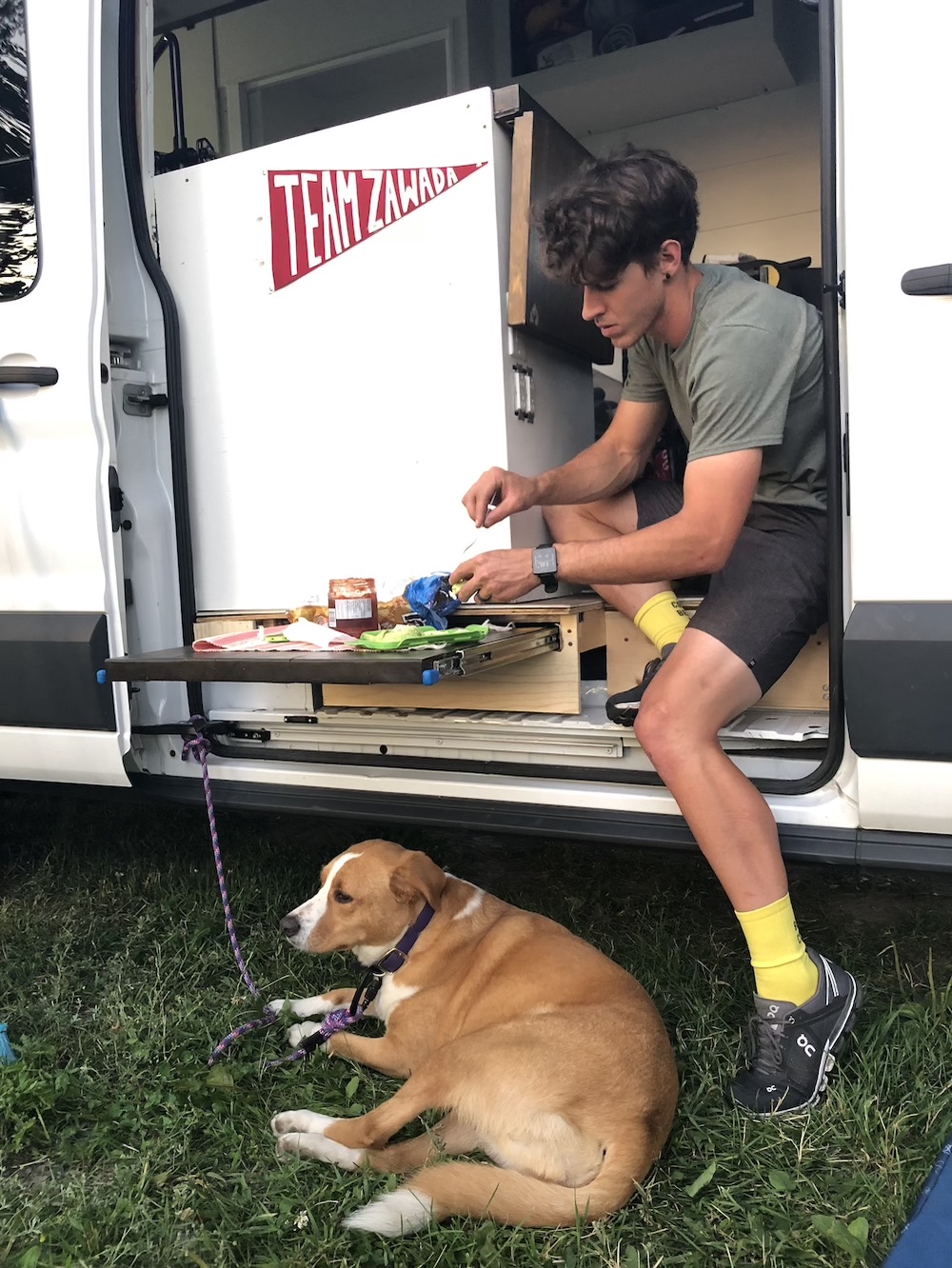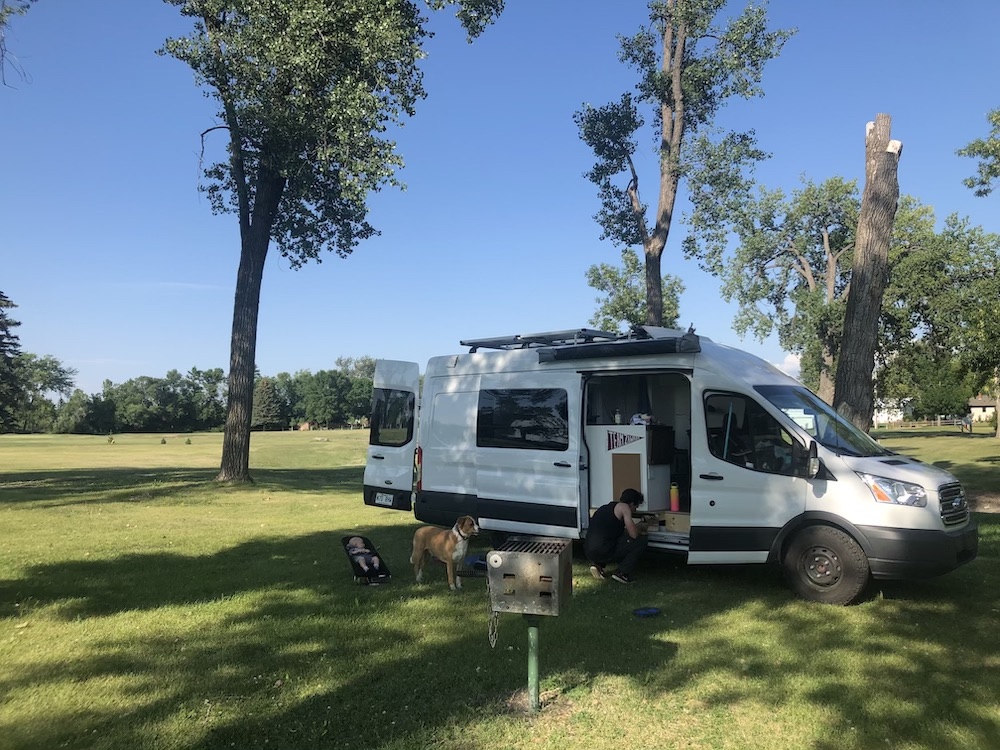Whether you are looking at acquiring a new van and your first choice doesn’t have enough seats or you already own your dream van but your family is growing, there may come a time where you need to add an extra seat to your van.
To your surprise, you may also find that this process is extremely complicated. That is exactly what we just went through. After many hours of research, we decided that the best van for us was a Ford Transit 250, the 21 foot-long extended version. However, this is a cargo van which only comes with two seats. It is also road rated for only two passengers in total. If you want your van or your new build to be legal, there are some important facts to consider.

In Canada:
Pending on which province you are from, you will need to carefully look into their guidelines on “heavy vehicles converted into motor homes for personal use”. In our case, we live in Quebec so we found all the information we needed here. This was far more complicated and costly than we expected. Here are some tips…
Plan ahead:
This was a 3.5-month process for us. Between researching what we needed and wanted, to finding the right vendor, things took a while. Vendors can be very expensive, and ordering the parts took 8 to 12 weeks. After receiving everything, we still had to actually install the seats.

What you will need:
- The bench.
- An iron plate (1/4” x 4’ x 5’). If your van is a cargo like ours, the flooring needs to be reinforced to pass any inspection.
- A window in that same row of seating if you didn’t already have one.
“A heavy vehicle that is converted into a motor home must be designed to seat no more than 9 occupants, including the driver. Every seat must be equipped with a seat belt. If the original vehicle was equipped with seats that did not have seat belts (a school bus, for example), those seats must be taken out of the vehicle. Seats and seat belts must be new, designed for this type of vehicle and installed by a certified installer according to the manufacturer’s specifications. A 3-point seat belt is required for all seats whose back rest is perpendicular to the road. A 2-point seat belt is permitted for the other seats (arranged lengthwise)”
If you are looking at adding a second-row bench you will need to work with a certified company.
Our friends at Vanlife MTL recommended that we use TVR Technoligie. They took the time to look at different types of seating and materials with us. In the end, we choose a Freedman foldable double seat. The price was the same as a single bench and, in the long run, will be good if we grow our family or if our son wants to bring a friend on the road!
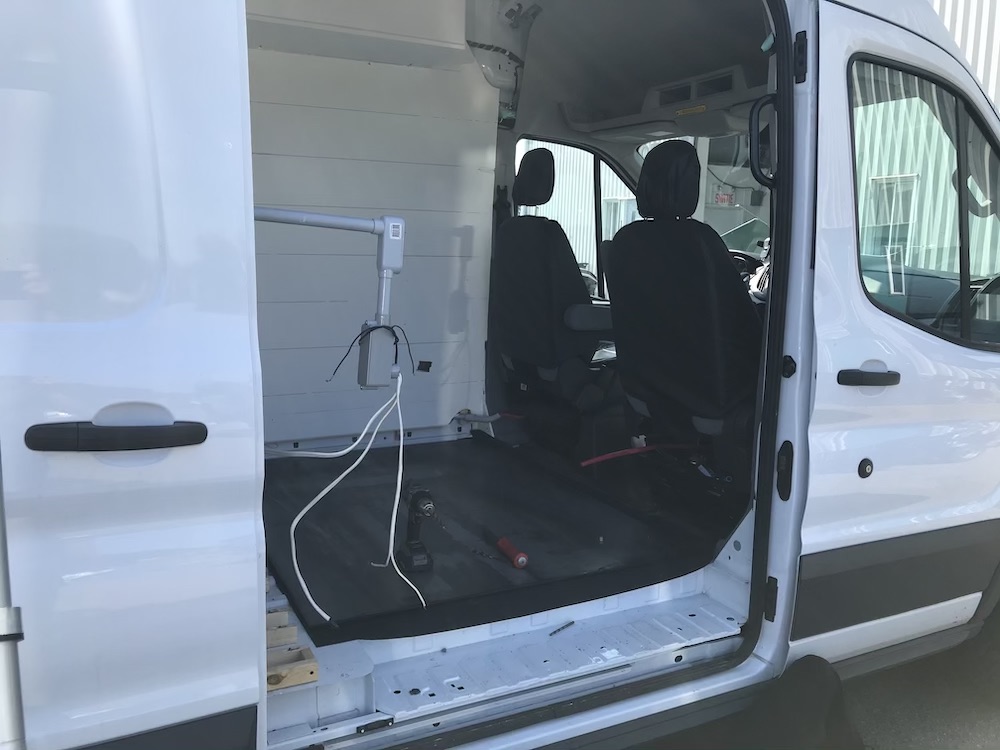

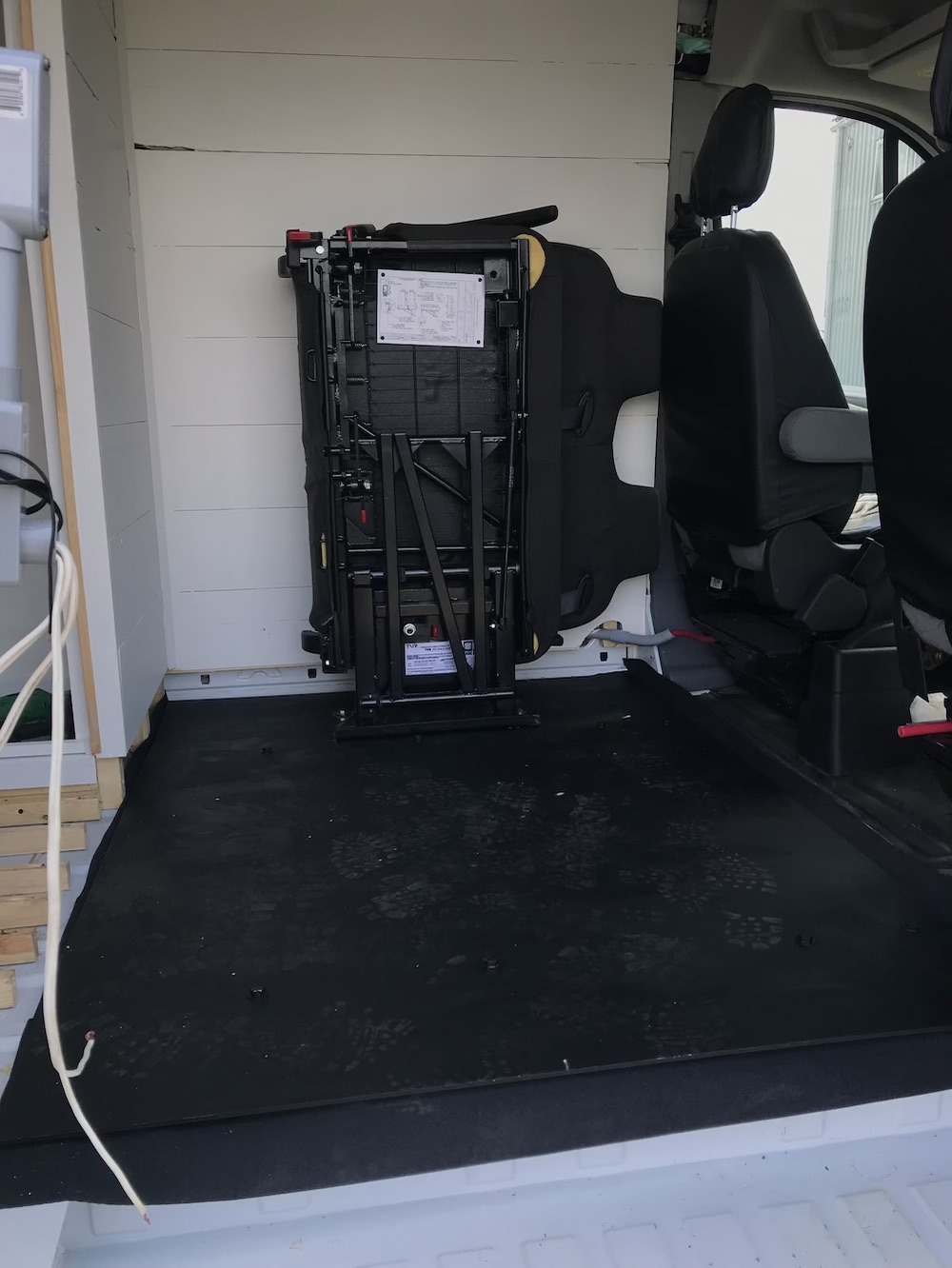

For the window, we decided to work with Lebeau Ste-Agathe-des-Months.
Surprisingly, I had to call several places and got turned down many times. Not a single person or window repair replacement shops were willing to cut and install a new window on a van. Addison (my husband) could have done it himself but trying to finish our build and hit the road for five weeks meant that we were running a bit out of time!

The plus side of working with professionals is that the inspection process will be easier and stress-free. Plus, everything comes with a warranty!
You may be asking how much this will all cost. The answer: A LOT (at least for me)! While this is our experience, you may be able to find a cheaper vendor based on where you are located. For the seating there is no way around – you need to work with professionals. If you are handy you may be able to save a bit on the window by installing it yourself. Keep in mind that we also chose a window that has the ability to open. Alternatively, there was a $850 option, which could not be opened.

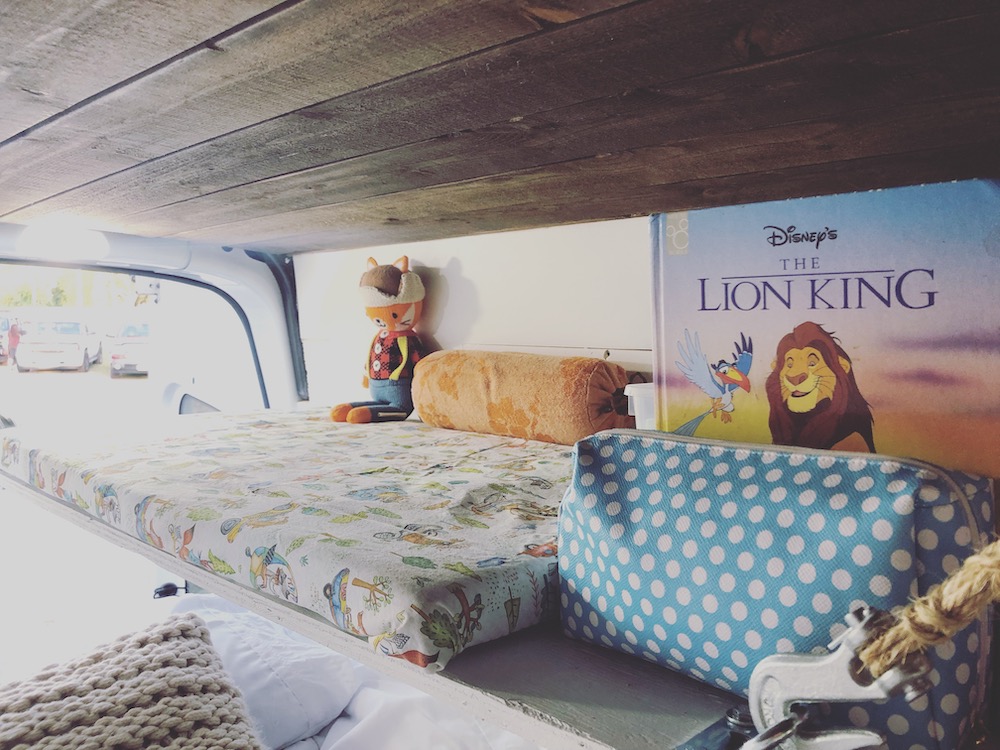
Pricing
- The seat, iron plate, installation and legal paperwork update to 4 passengers: $3,280 CAD + Taxes
- The window & installation: $1,250 CAD + Taxes
Don’t forget to get your vehicle inspected and, if necessary in your province, acquire the updated certificate for your vehicle. Also, call your insurance company to make sure your file is up to date!

In the USA:
From my research, the United States has a similar way of handling vehicle modifications. Everything is based on specific states rules, so you’ll have to research the regulations based on where you live. What I found was that the seating has to be new and installed by a licensed vendor who can also handle the legal paperwork. This paperwork states how many passengers you are allowed to drive in your vehicle.
At the end of the process, you have to make sure that you get an official inspection. This is mostly so you can be sure that you are covered insurance and liability wise if ever an incident happen. My recommendation is to follow the same steps as we did above or to contact the National Transportation Safety Board.
Another great way to make sure you get proper information is to contact a company that specializes in modifying vehicles (adaptive vehicles for example) as they will most likely know the law in your state. Please note that regulations are usually slightly different for forward and sideways facing seats as well. Give this some consideration when making a decision on what you would like in your van.
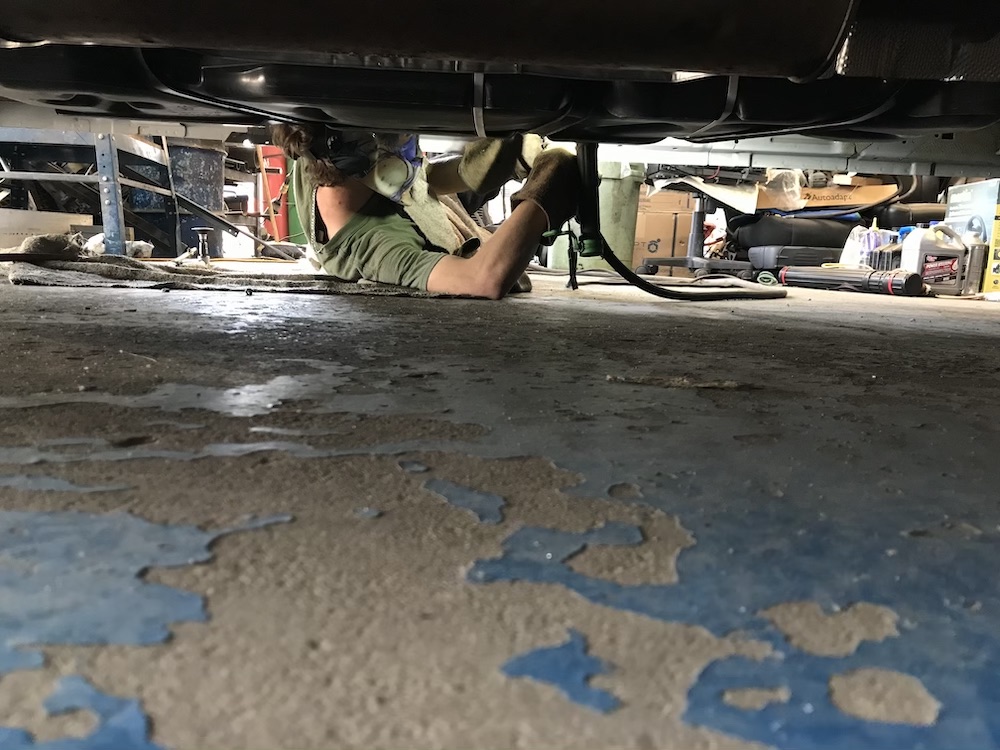
Overall, my advice is to not underestimate the amount of research required here.
In the end, you are doing it for safety in case of an incident on the road. In my case, it is also for the safety and well being of our newborn child so this was all worth it! I can’t stress enough the importance of planning this as you buy your dream van or plan a build. Plan ahead so you can be prepared for your growing family.
